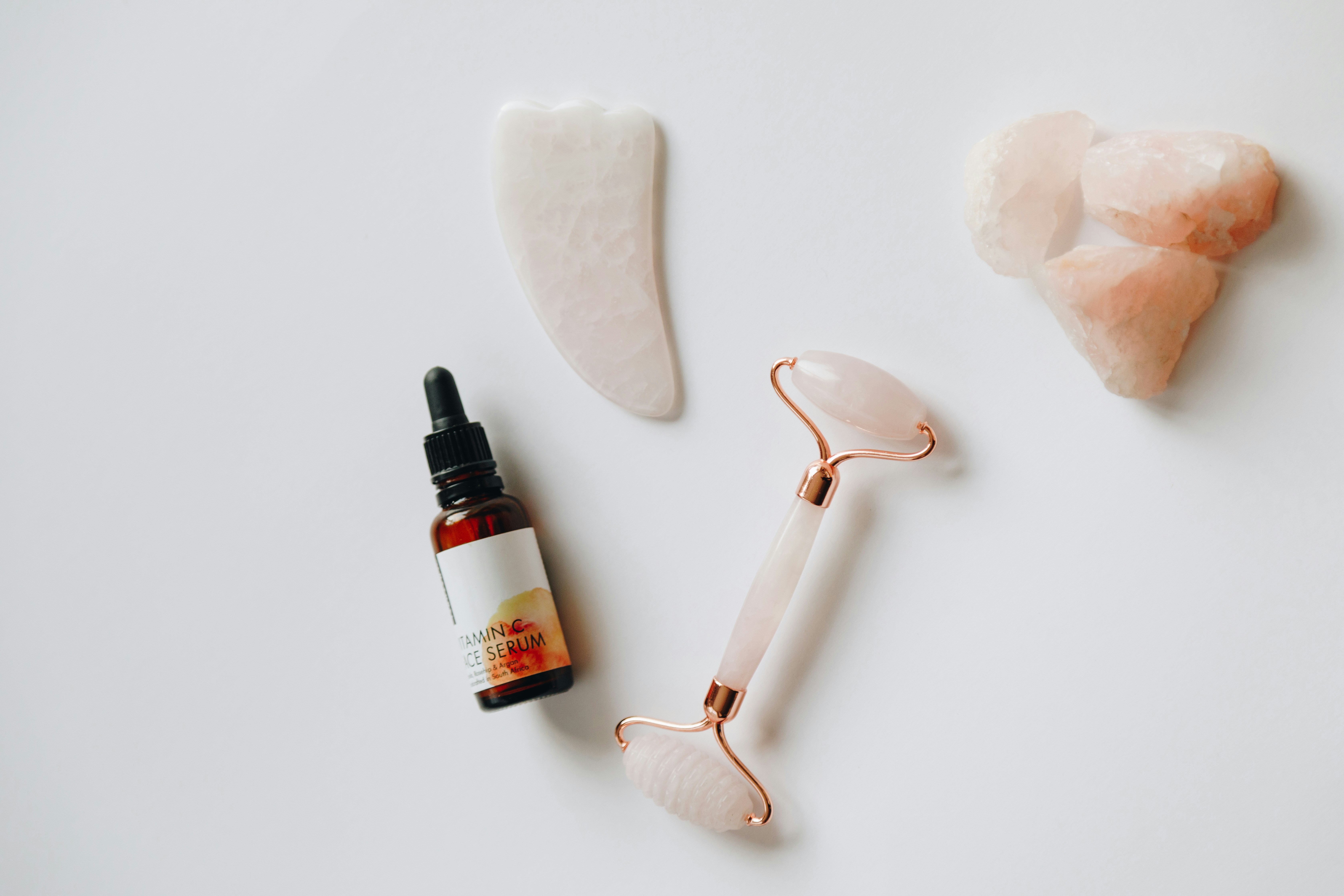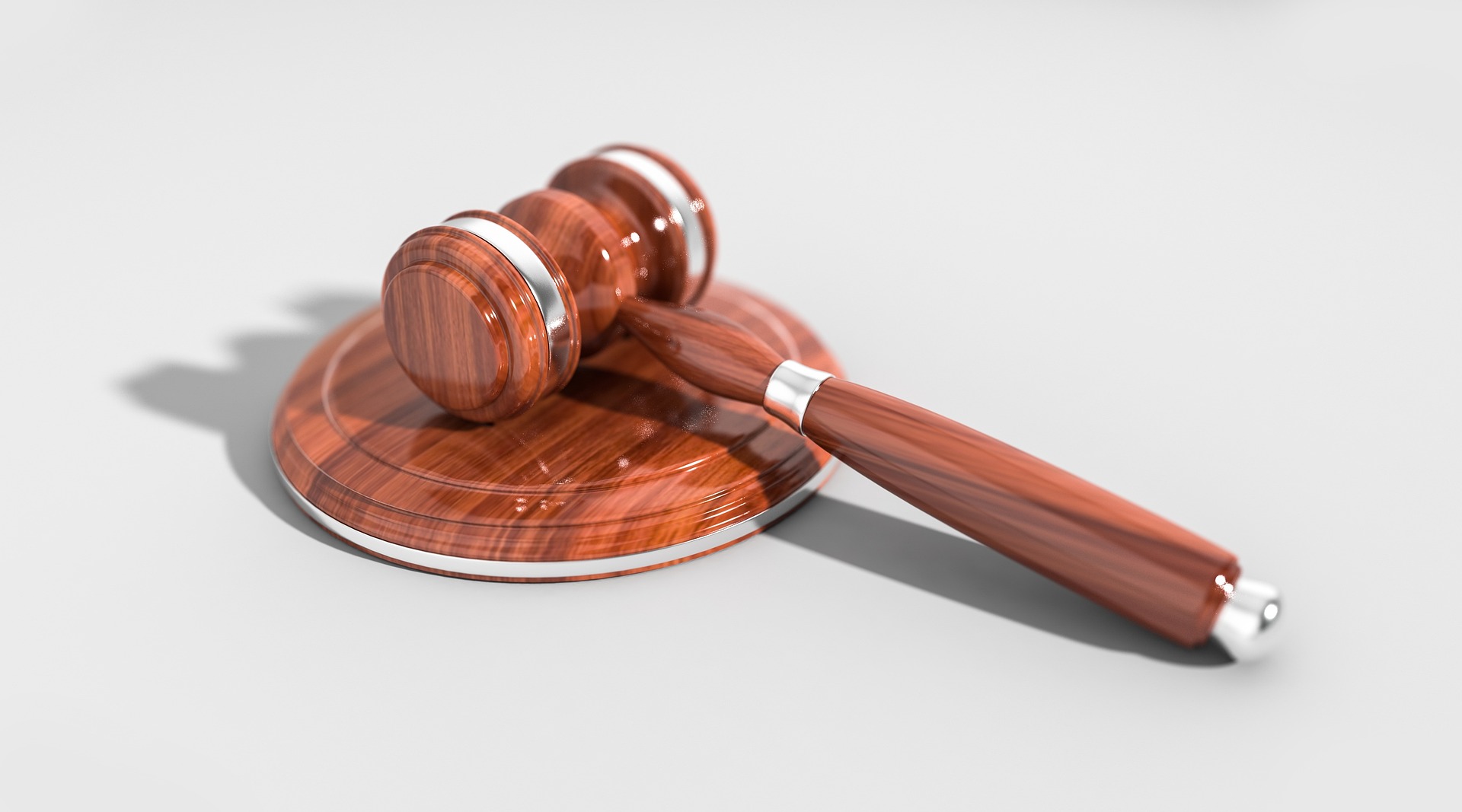Unmasking the Renaissance of Traditional Beauty Rituals
The beauty and fitness industry is persistently evolving, driven by an insatiable quest for timeless allure, wellbeing, and holistic transformation. Today's beauty enthusiasts are revamping traditional rituals, tapping into the profound wisdom of our ancestors and infusing it with modern science. This article delves into the resurgence of traditional beauty rituals, their historical roots, and their current industry implications.

The Historical Backdrop of Traditional Beauty Rituals
Before the advent of modern cosmetics and fitness regimes, our ancestors had their unique beauty and wellbeing practices. From ancient Egypt’s milk and honey baths to traditional Indian Ayurvedic treatments, these practices were integral parts of their cultures. They relied heavily on nature’s bounty, using herbs, fruits, and oils to enhance beauty and promote fitness. Interestingly, these rituals are making a come-back, with a modern twist.
Modern Interpretations of Traditional Rituals
Contemporary beauty and fitness enthusiasts are rediscovering the power of traditional practices. This revival stems from growing skepticism towards synthetic products and a collective inclination towards natural, sustainable solutions. Traditional beauty rituals offer a unique blend of both, merging holistic philosophies with nature-derived ingredients.
Modern interpretations of these rituals are not mere replicas of the past, but are reimagined versions that align with today’s fast-paced lifestyles and advanced scientific understanding. For instance, the timeless ritual of bathing is being reinvented through “therapeutic bathing,” where the bathwater is infused with different healing agents like Epsom salts or essential oils.
The Impact on the Beauty and Fitness Industry
The resurgence of traditional beauty rituals is reshaping the beauty and fitness industry. Brands are increasingly incorporating elements of these practices into their products and services, promoting their “natural” and “traditional” aspects.
Simultaneously, this trend is impacting consumer behavior. Today’s consumers are more informed and discerning, prioritizing products and practices that are rooted in nature and tradition. The growing popularity of DIY beauty treatments and home workouts are testament to this shift.
Benefits of Traditional Beauty Rituals
Traditional beauty rituals are not just about aesthetics; they promote overall wellbeing. For instance, oil pulling, a traditional Indian practice, not only promotes oral hygiene but also aids in detoxification. Similarly, dry brushing, a practice rooted in Ayurveda, not only exfoliates the skin, but also stimulates lymphatic drainage.
Moreover, these rituals often involve a meditative, mindful element, encouraging self-care and mental wellness. Hence, they offer a holistic approach to beauty and fitness, aligning with the growing wellness movement.
In The Future of Traditional Beauty Rituals
The resurgence of traditional beauty rituals signals a new era in the beauty and fitness industry, where the past and the future converge. This trend is likely to persist, as consumers continue to seek natural, holistic solutions for their beauty and fitness needs.
However, this revival also poses a challenge to preserve the authenticity of these rituals while adapting them to contemporary needs. As we move forward, it is crucial to strike a balance between tradition and innovation, ensuring that these age-old practices continue to thrive in a modern context.
In the ever-evolving world of beauty and fitness, traditional beauty rituals offer a timeless, enduring charm. They remind us of our deep-rooted connection with nature and our inherent ability to heal and rejuvenate ourselves. As we delve into these practices, we are not just rediscovering beauty secrets from the past, but also redefining our approach to beauty, fitness, and wellbeing in the present and future.





